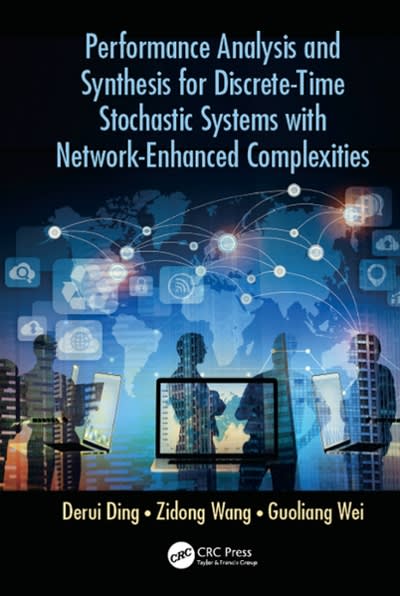Question
Let X be a random variable with finite variance. Let Y = X + for some numbers , R. Compute l1 = E [(Y E[Y|X])2].
Let X be a random variable with finite variance. Let Y = X + for some numbers , R. Compute l1 = E [(Y E[Y|X])2]. [3] (b) Again, let X be a random variable with finite variance. Additionally, let A U(1, 1) such that X and A are independent and consider Y = AX. You may use without proof that A2 X2. Compute l2 = E [(Y E[Y|X])2] expressing your final result in terms of E[Xk] for some value or values of k that you should specify. [3] (c) [TYPE:] Provide an interpretation of the quantities l1 and l2 obtained in parts (a) and (b) above in terms of the ability to predict Y given the value of X and explain any difference you observe. [3]

Step by Step Solution
There are 3 Steps involved in it
Step: 1

Get Instant Access to Expert-Tailored Solutions
See step-by-step solutions with expert insights and AI powered tools for academic success
Step: 2

Step: 3

Ace Your Homework with AI
Get the answers you need in no time with our AI-driven, step-by-step assistance
Get Started


